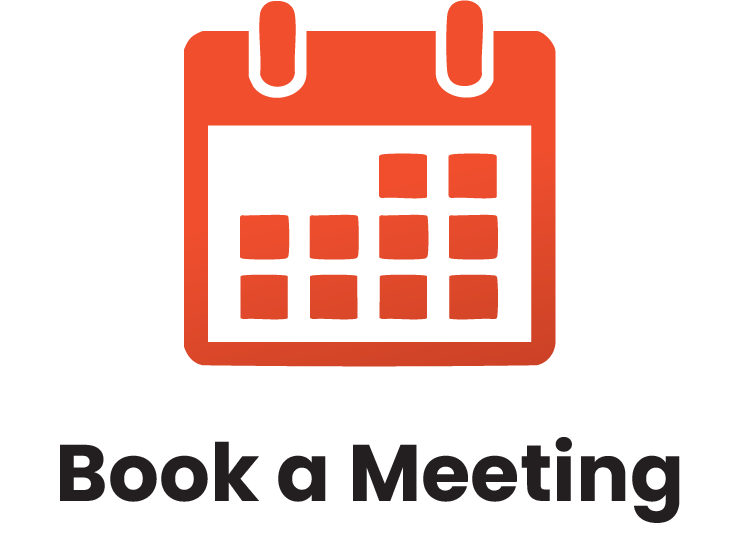Interactive training sessions led by experienced facilitators.
What is In-Person, Instructor-Led Training?
Our in-person training is delivered by a live facilitator who works directly with your team at your location. It’s our most popular format because it allows for real-time interaction, hands-on learning, and direct support.
Every session is tailored to your team’s specific goals, industry, and challenges—no generic, one-size-fits-all programs. Whether it’s a single session or a full training series, we design the experience to be relevant, practical, and fully aligned with your needs.
What is Live Webinar Training?
Live webinars are facilitator-led training sessions delivered online in real time. They’re ideal for teams working in different locations or with busy schedules.
This format offers shorter, more frequent sessions that are easy to coordinate—making it a convenient option for organizations with remote or distributed teams.
What is Virtual Classroom Training?
Virtual Classroom training is live, instructor-led training delivered online. It offers the same interactive experience as in-person sessions, with real-time discussions, group activities, and instructor feedback.
It’s a flexible option for organizations that want to reduce travel, save costs, or better fit training into busy schedules.
What is a Lunch & Learn Session?
Lunch & Learn sessions are short, facilitator-led training sessions delivered in person or online—typically during the lunch hour. They focus on specific topics or skills and offer a quick, engaging way to learn without a full-day commitment.
These sessions can be offered as one-time events or as part of a series, making them a great option for ongoing, bite-sized learning.
Online Learning
Enjoy our self-paced option and learn from anywhere!
$199.00 USD
Business Succession Planning: Developing and Maintaining a Succession Plan
Change is a hallmark of today’s business world. In particular, our workforce is constantly changing – people come and go and move into new roles within the company. Succession planning can help you make the most of that change by ensuring that when someone leaves, there is someone new to take their place. This one-day course will help you teach the basics about creating and maintaining a succession plan.
LEARNING OBJECTIVES
Learning Objectives
At the end of this one-day workshop, participants will be able to:
- Demonstrate an understanding of the value of succession planning for successful businesses.
- Demonstrate expertise with the key elements of a succession plan.
- Create and discuss aspects of a succession plan.
- Discuss the elements of a succession plan in terms of roles, responsibility, function, scope, and evaluation.


COURSE OUTLINE
You will spend the first part of the day getting to know participants and discussing what will take place during the workshop. Students will also have an opportunity to identify their personal learning objectives.
A Need for Succession Planning
To begin, participants will explore the differences between succession planning and replacement hiring, including some of the advantages of succession planning.
Defining a Succession Plan
This session introduces the SUCCESS acronym, which defines the succession plan process that the remainder of the course will focus on.
Pre-Assignment Review
Next, participants will use information gathered in their pre-assignment to identify the critical people in their organization.
Identifying Resources and Analyzing Risks
This session will give participants some tools to identify internal and external successors. We will also look at a sample risk assessment.
Defining Roles, Responsibilities, and Functions
During this session, participants will start creating risk assessments, individualized engagement plans, and succession plan profiles.
Gathering Information
This session will help participants identify ways to look within their own organizations and determine what the critical positions are.
Forecasting Needs
There are six key ingredients to being able to forecast what people you will need when. Participants will explore each item in small groups. Participants will also learn about the role of coaching and mentoring.
Putting the Plan Together
Next, participants will learn about using Appreciative Inquiry and Leadership Quality Assessments to develop a succession plan.
Putting the Plan into Action
During this session, participants will explore the idea of phased implementation. We will also look at using technology to facilitate putting the plan into action.
Evaluating and Reviewing the Plan
This session will look at the importance of evaluation. Participants will also work on modifying an evaluation checklist to suit their organization’s needs.
Your Action Plan
To wrap up the day, participants will identify their next steps and participate in a review exercise.
Workshop Wrap-Up
At the end of the course, students will have an opportunity to ask questions and fill out an action plan.


















